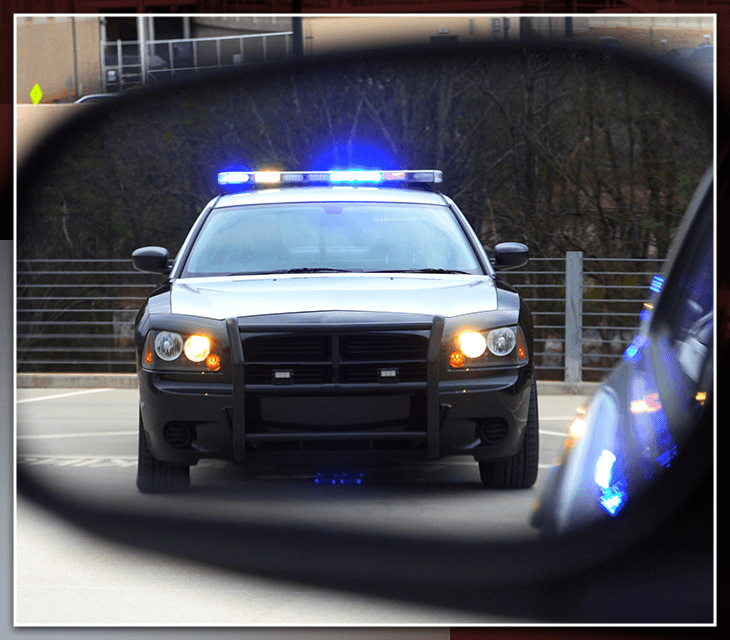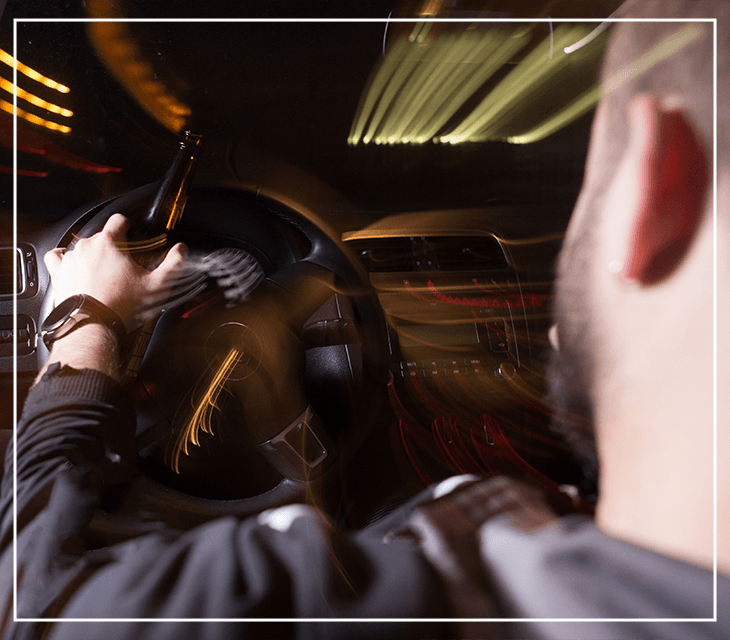
California Drunk Driving: The Offense
To begin with, the term “drunk driving” is legally incorrect. “Drunk” is a concept used for the offense commonly known as “public intoxication” or “drunk in public”, a violation of California Penal Code section 647(f). The offense consists of being in a public place under the influence of alcohol or drugs to the extent that a person “is unable to exercise care for his or her own safety or the safety of others”. Driving is not involved, and the degree of intoxication is considerably greater than that prohibited by “drunk driving” statutes.
The correct term is “driving under the influence“, commonly referred to as DUI, and this can be from alcohol, marijuana or drugs, or a combination of these. The drugs do not have to be illegal; prescribed drugs are included. The offenses are defined in California Vehicle Code section 23152:
(a) It is unlawful for a person who is under the influence of any alcoholic beverage to drive a vehicle.
(b) It is unlawful for a person who has 0.08 percent or more, by weight, of alcohol in his or her blood to drive a vehicle…
(e) It is unlawful for a person who is under the influence of any drug to drive a vehicle.
(f) It is unlawful for a person who is under the combined influence of any alcoholic beverage and drug to drive a vehicle.



-
"Jeanne Normandeau is a great lawyer. She knows how the Riverside court judges work."
Jeanne Normandeau is a great lawyer. She knows how the Riverside court judges work. She will fight for you and will get you ...
Joe E. -
"I have come across many attorneys in my life and I have never been treated as well as I have her"
I have come across many attorneys in my life and I have never been treated as well as I have here. Every phone call was ...
Anthony D. -
"This is a top level law firm. The Bible of DUI's comes from this firm!"
This is a top level law firm. The Bible of DUI's comes from this firm! These are the guys other attorneys call when they are ...
Tania C. -
"Christopher always made me aware of what was going on with my hearings, and got me the best outcome possible."
When you need to get a lawyer, you aren't usually in a great situation. I wasn't at least. Christopher and his team never ...
Jessica S. -
"Thankfully Mr. Taylor was able to help fight my case without me ever having to go to court"
You should never drink and drive anywhere, but especially don't do it in la Jolla! Cops down here have nothing better to do ...
Steven K. -
"Won DMV hearing and got my case expunged for a minor issue"
Truly great team of lawyers. Handled everything the very best they could. Won DMV hearing and got my case expunged for a ...
Nick T. -
"They will fight strategically to help you win your case."
These are the best lawyers in LA/OC when it comes to DUI cases. They will fight strategically to help you win your case. My ...
Kendall L. -
"Mrs. Normandeau is by far the hardest-working and most diligent attorney I have ever met."
I cannot express enough gratitude towards Taylor and Taylor's Attorney, Jeanne Normandeau. I hired Mrs. Normandeau for a VERY ...
Bruce R. -
"I would recommend this firm with no qualms!"
I received counsel in a sensitive legal matter from Lawrence Taylor Sr., and his advice was spot on. I did some research and ...
Jerry S. -
"Chris not only got me down to a Wet Reckless but was able to significantly reduce the penalties I would face."
Im am so glad that I read the reviews of Taylor and Taylor after my first "incident" and immediately contacted them. Chris ...
Suzi J.


What Legally Constitutes “Under The Influence”?
The term is generally described as being impaired to the extent that the person is unable to exercise the same care and judgment as a reasonable prudent and sober driver. This is necessarily vague, and is usually proven by such evidence as police evidence concerning erratic driving, physical symptoms (slurred speech, poor balance and coordination, etc. and field sobriety tests. In trial, however, the defendant is legally presumed to be under the influence if a blood or breath test taken within 3 hours of driving indicates a blood-alcohol level (BAC) of .08% or higher; he may offer evidence to rebut this presumption.
A second and related offense is the so-called per se law. This offense consists simply of driving with a blood-alcohol level of .08% or greater. Being impaired or intoxicated is unnecessary and individual tolerance to alcohol is irrelevant: the offense consists solely of having the BAC concentration and driving. The offense is described in California Vehicle Code section 23152(b):
“It is unlawful for any person who has a 0.08% or more, by weight, of alcohol in his or her blood to drive a vehicle”
If the arrested individual takes a blood, breath or urine test indicating .08% BAC or higher, he will be charged with both offenses. Although he can be convicted of both, he cannot be punished for both (the penalties are identical). If there is no evidence of blood-alcohol, her will only be charged with DUI.